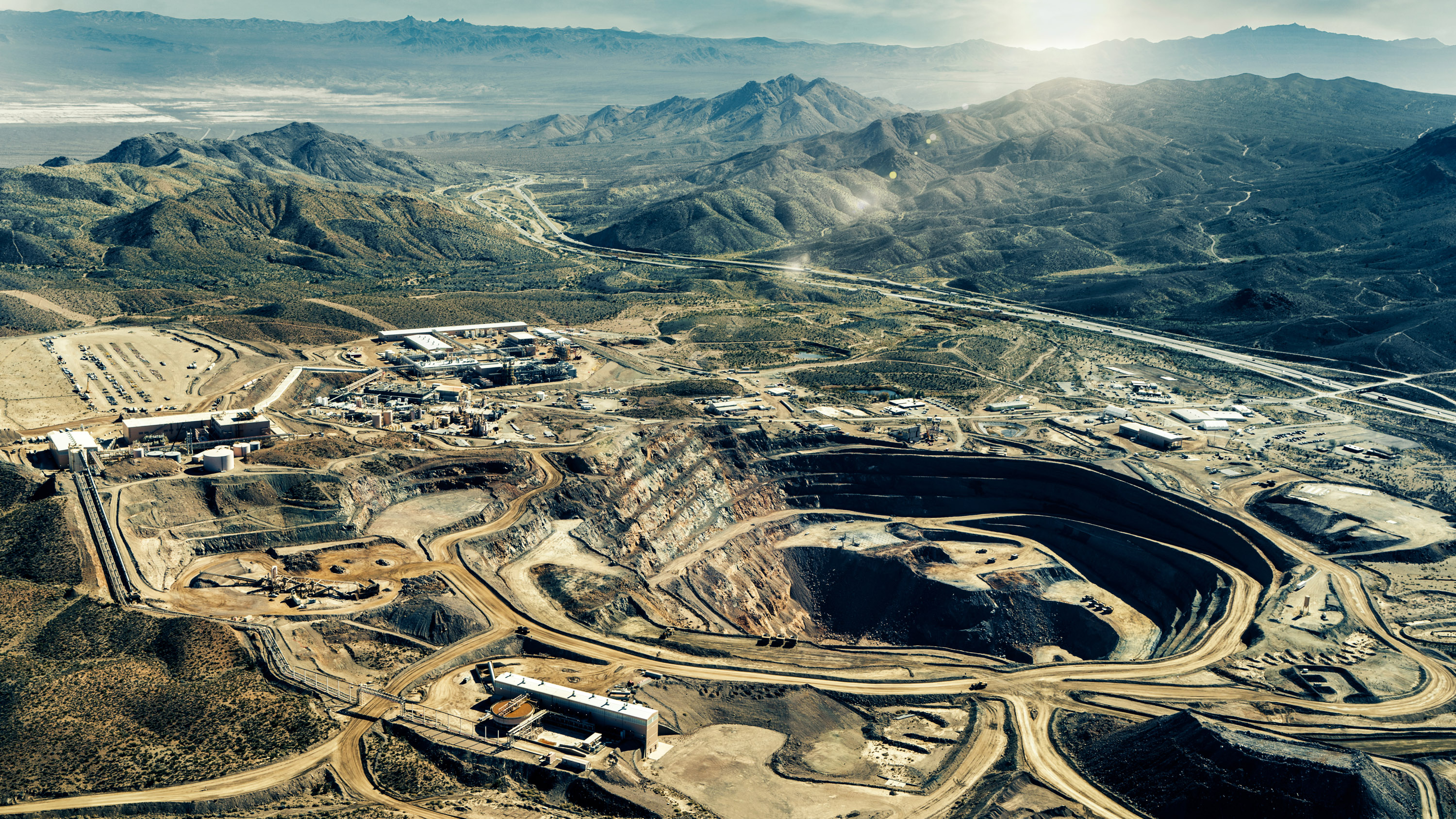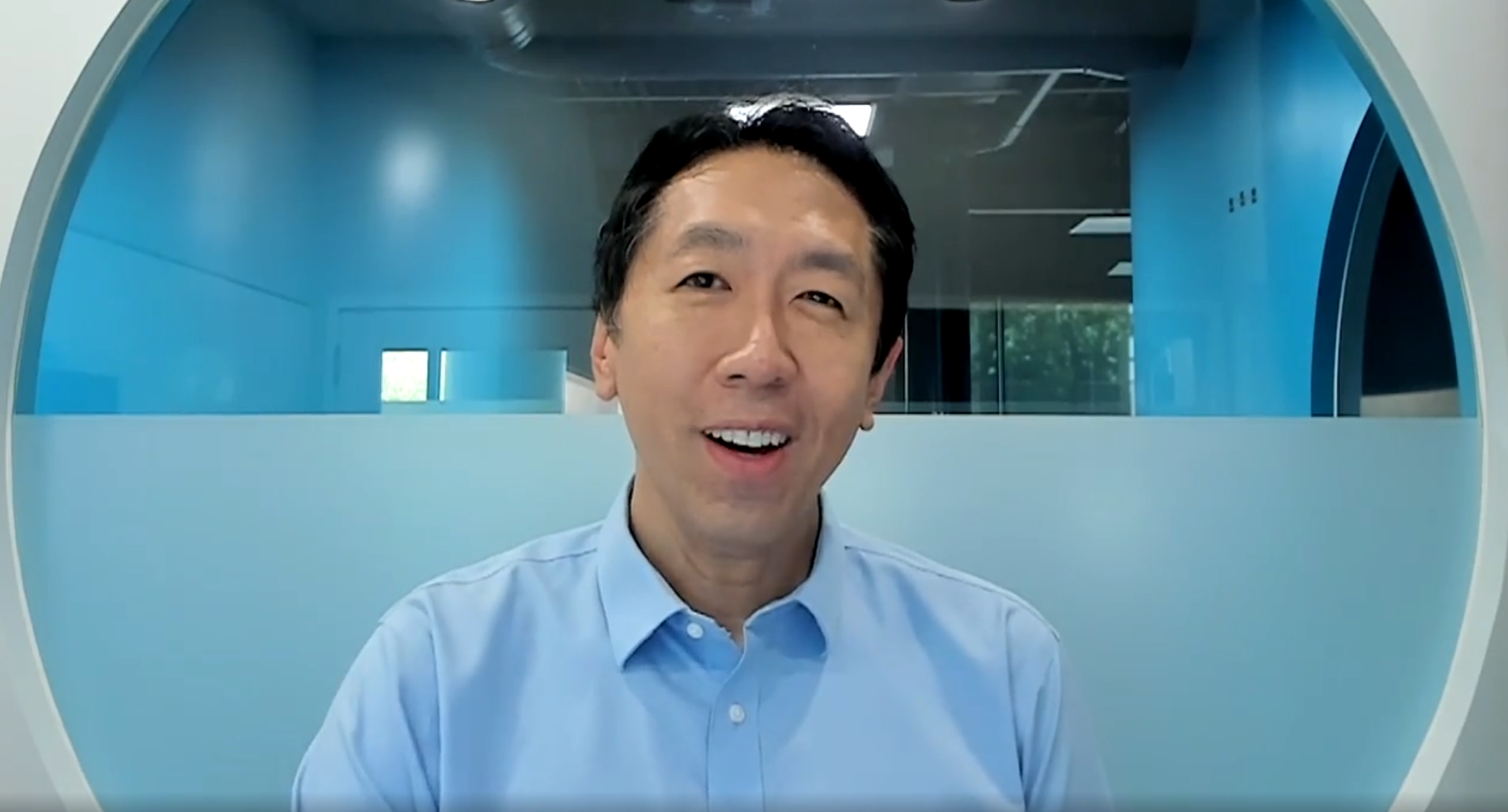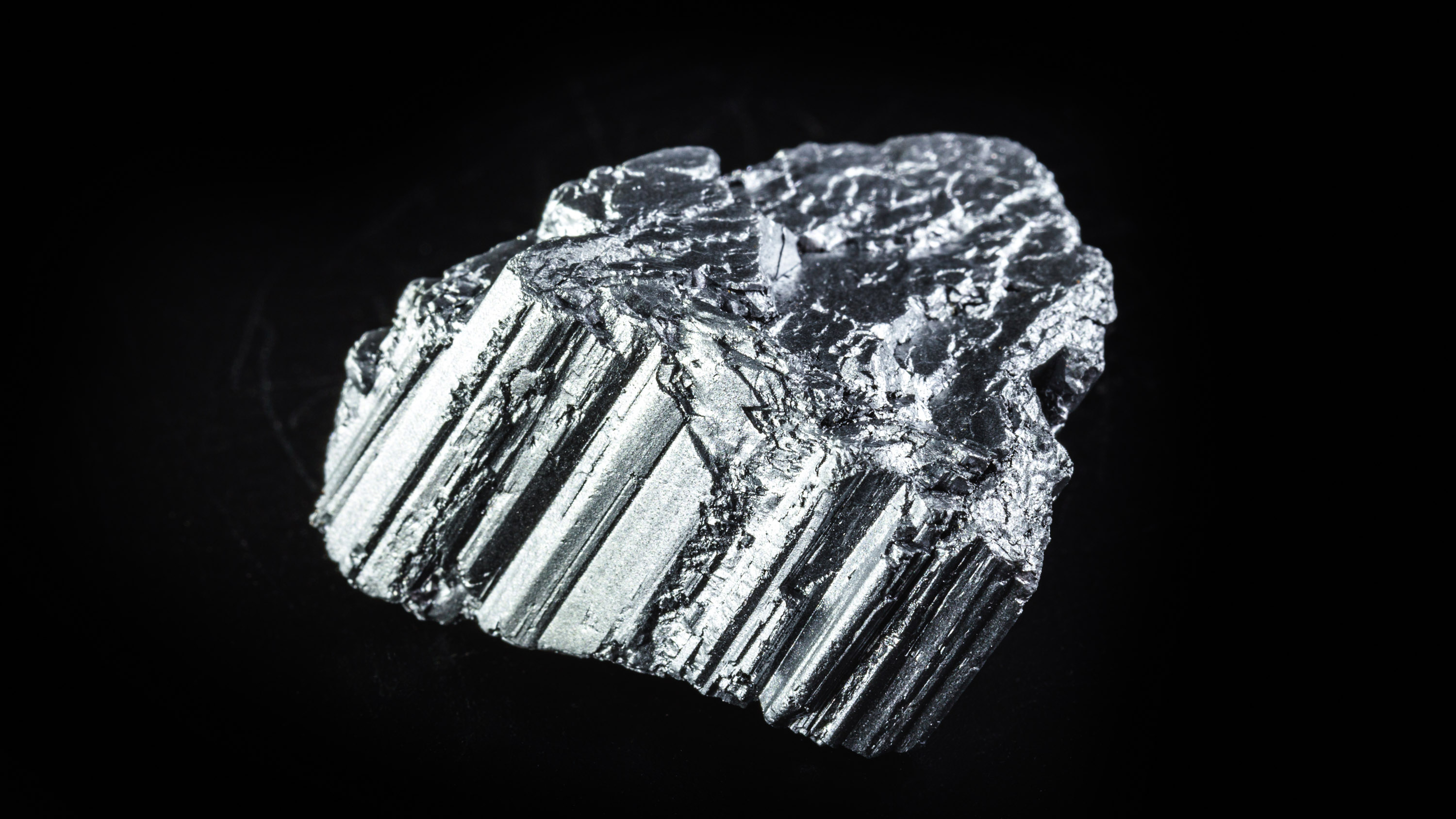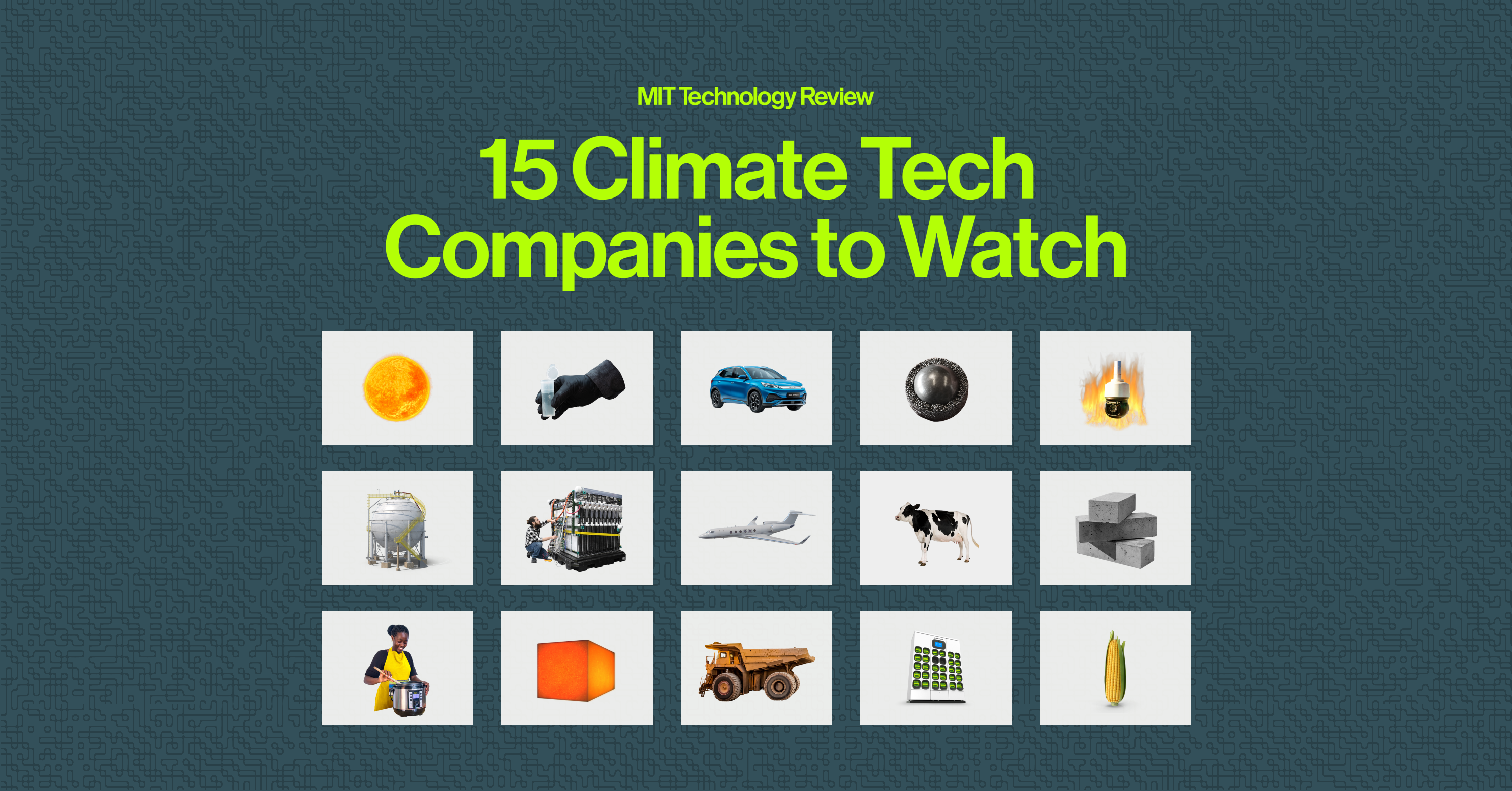Everything you need to know about the wild world of alternative jet fuels
How trash, cooking oil, and green electricity could power your future flights.

MIT Technology Review Explains: Let our writers untangle the complex, messy world of technology to help you understand what's coming next. You can read more here.
The future of flying might depend on french fries, trash, and sunlight.
Aviation accounts for about 2% of global carbon dioxide emissions, and once you add in other polluting gases, the industry is responsible for about 3% of all human-caused global warming.
One way the aviation industry hopes to cut down on its climate impacts is by using new fuels. These alternatives, often called sustainable aviation fuels (SAFs), are made from a wide range of sources and can largely be used by existing planes. They could be the key to helping this sector meet its climate target: net-zero carbon dioxide emissions by 2050.
New policies in both the European Union and the US are boosting these new fuels, and airlines are pushing ad campaigns that feature their efforts to switch fuel sources.
But while alternative fuels could be a climate solution for aviation, their actual impact will depend on a lot of factors. Here’s everything you need to know about the future of jet fuel and the climate.
What are SAFs?
Planes today mostly burn jet fuel, also called kerosene—a fossil fuel with a mix of carbon-containing molecules. The mix of those molecules can vary, but the primary ingredient is simple chains of carbon and hydrogen that are packed with energy. Alternative fuels have the same basic chemical makeup as fossil fuels; the difference is that SAFs are derived from renewable sources.
These fuels fall into two main categories: biofuels and synthetic electrofuels.
Biofuels come from a range of biological sources; some are derived from waste like used cooking oils, agricultural residues, or landfill trash, while others can be made from crops grown specifically for fuel, from corn to palm trees to switchgrass.
Making fuel from biological sources requires chopping up the complicated chemical structures that plants make to store energy. Fats and carbohydrates can be broken apart into smaller pieces and purified, sometimes using existing refineries, to make the simple chains of carbon-rich molecules that are jet fuel’s primary ingredient.
Electrofuels (also called e-fuels), on the other hand, don’t start with plants. Instead, they start with two main building blocks: hydrogen and carbon dioxide.
While both can come from a variety of sources, the most climate-friendly way to make e-fuels starts with hydrogen that’s been generated by splitting water into its constituent elements using renewable electricity, plus carbon dioxide that’s been pulled out of the atmosphere through direct air capture. These are then combined and transformed in chemical reactions powered by electricity.
Making e-fuels is expensive today, because the process is inefficient and still isn’t done widely at commercial scale. But experts say that to reach its 2050 target, aviation will largely need to rely on them. That’s because they’re the most effective at cutting carbon dioxide emissions, and they won’t be limited by supply or collection logistics like fuels made from plants or waste.
So how do SAFs help climate progress?
Like conventional jet fuel, alternative fuels produce carbon dioxide and other emissions when they’re burned for energy in planes.
The difference is that SAFs can offset their carbon dioxide emissions, depending on how they’re made. In an ideal world, the process of making the alternative fuels would suck down so much carbon that when the fuel is burned, the carbon dioxide emissions would be essentially canceled out.
However, that’s often far from the reality. Today, the process of making alternative fuels can be linked to carbon dioxide emissions itself, either because of the energy required to make them or because they affect ecosystems in ways that emit carbon.
“Not all SAFs are created equal,” says Matteo Mirolo, aviation policy manager at the nonprofit group Transport & Environment.
Alternative fuels fall on a spectrum in terms of how much they reduce carbon dioxide emissions, says Nikita Pavlenko, head of the fuels program at the International Council on Clean Transportation. On one end, synthetic fuels that are made with carbon sucked out of the air via direct air capture and whose manufacturing facilities are powered entirely by renewable electricity will reduce emissions by nearly 100% compared with fossil fuels.
On the other end of the spectrum, some crop-based biofuels can actually produce more carbon dioxide emissions overall than fossil fuels, Pavlenko says. That’s frequently the case for biofuels made from palm oil, since growing that crop can decimate rainforests. Even synthetic e-fuels can approach the impact of jet fuel if they’re produced using electricity from fossil fuels.
Today, most commercially available alternative jet fuels are made from fats, oils, and greases. If they’re derived from waste sources like used cooking oils, these fuels reduce carbon dioxide emissions by roughly 70% to 80% compared with fossil fuels.
It’s worth noting that while SAFs can approach net-zero carbon dioxide emissions, burning the fuels still produces other types of pollution, including other greenhouse gases and particulate matter. The fuels can also contribute to formation of contrails, which trap heat in the atmosphere.
What’s next for SAFs?
There are a few other technologies on the table for cutting climate impacts in aviation, including hydrogen- and battery-powered planes. However, without further technical progress, these options may be limited to smaller planes flying shorter routes, and most global carbon dioxide emissions today come from flights over about 900 miles (1,500 kilometers). That’s where SAFs could help. Alternative fuels are attractive for the aviation industry because they’re a drop-in solution, requiring little adjustment of aircraft and airport infrastructure. (Planes might need small adjustments to run on 100% SAFs in the future, depending on the mix of chemicals in the fuel.)
Many aviation net-zero plans, like the one published by the International Air Transport Association, assume that SAFs will make up the majority of the industry’s climate progress in the coming decades. Over the past year, several test flights powered by 100% SAFs have taken off. However, alternative fuels made up less than 0.2% of the global jet fuel supply in 2022. So there’s a lot of progress needed to supply alternative fuels that are actually helpful for the climate.
One of the main challenges to getting SAFs into the skies is expanding the supply. While fats, oils, and greases are the basis of most commercially available SAFs today, the world doesn’t eat enough french fries for used cooking oils to meet global jet fuel demand alone. In fact, even with increased collection, waste fats, oils, and greases probably won’t provide more than 5% of global jet fuel supply, Pavlenko says.
Some new biofuels, like those made from agricultural residue, municipal solid waste, and hardy crops like switchgrass, are starting to enter the market; a few facilities are under construction or producing jet fuel from these sources worldwide, and the carbon dioxide emission savings they achieve can range from 50% to 90%.
Recent policy moves in both the US and the European Union are aimed at boosting the market for alternative fuels. RefuelEU Aviation, a deal finalized in April, requires that fuel supply at EU airports include 2% SAFs by 2025 and 70% by 2050. The EU rule will only count SAFs from waste sources, advanced biofuels, and e-fuels, not crop-derived fuels. It also has a specific target for e-fuels that’s aimed at boosting their production.
The US, on the other hand, recently passed new tax credits for alternative fuels, aimed at helping expensive options reach price parity with fossil fuels. The tax credits last until 2027 and apply to any fuel that reduces carbon dioxide emissions by at least 50% compared with fossil fuels, though the details on how reductions are calculated haven’t been released yet.
Ultimately, alternative fuels present one of the most straightforward pathways to cutting the climate impacts from aviation, but only certain types will end up benefiting the climate. “SAFs are a solution, but they need to be very properly done,” Mirolo says. Otherwise, they risk becoming “a cure that’s worse than the disease.”
Deep Dive
Climate change and energy

This rare earth metal shows us the future of our planet’s resources
The story of neodymium reveals many of the challenges we’ll likely face across the supply chain in the coming century and beyond.

Andrew Ng’s new model lets you play around with solar geoengineering to see what would happen
The climate emulator invites you to explore the controversial climate intervention. I gave it a whirl.

Want to understand the future of technology? Take a look at this one obscure metal.
Here’s what neodymium can tell us about the next century of material demand.
Stay connected
Get the latest updates from
MIT Technology Review
Discover special offers, top stories, upcoming events, and more.
